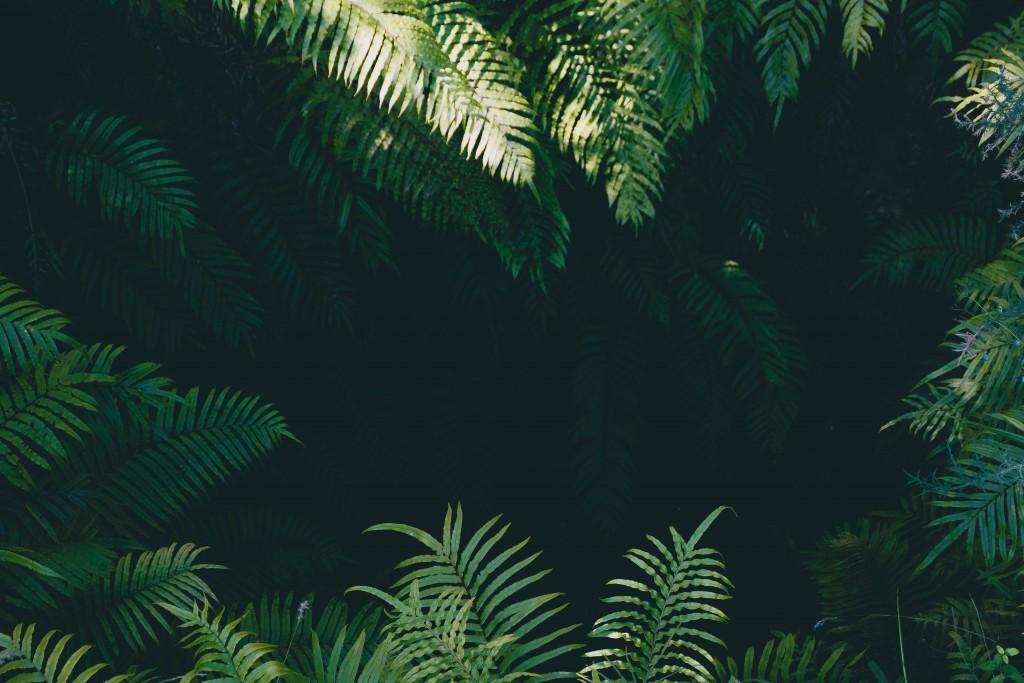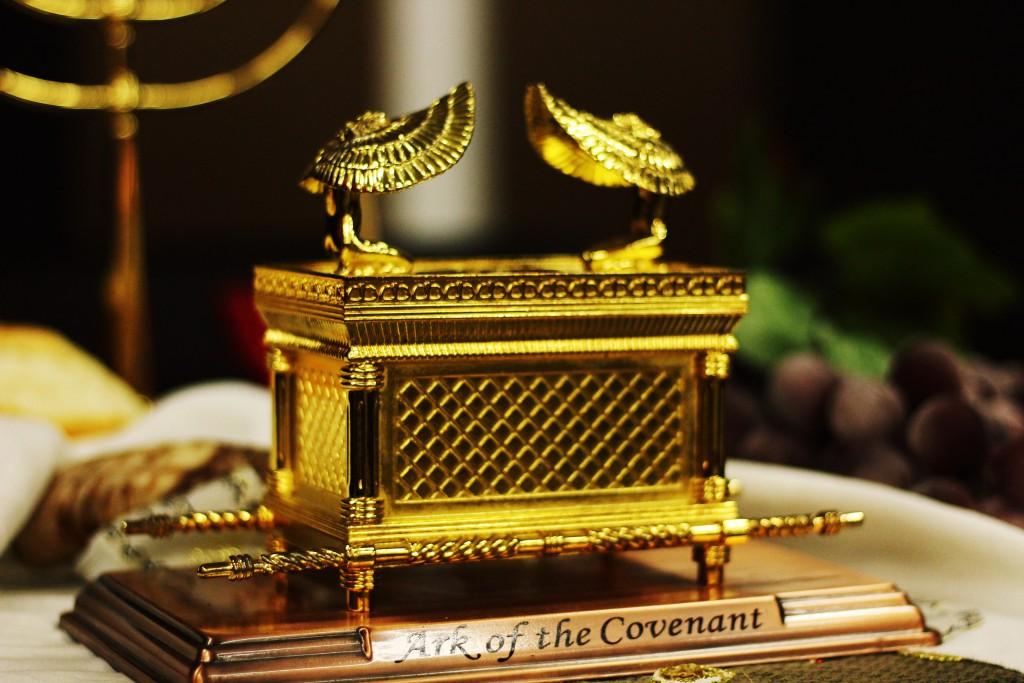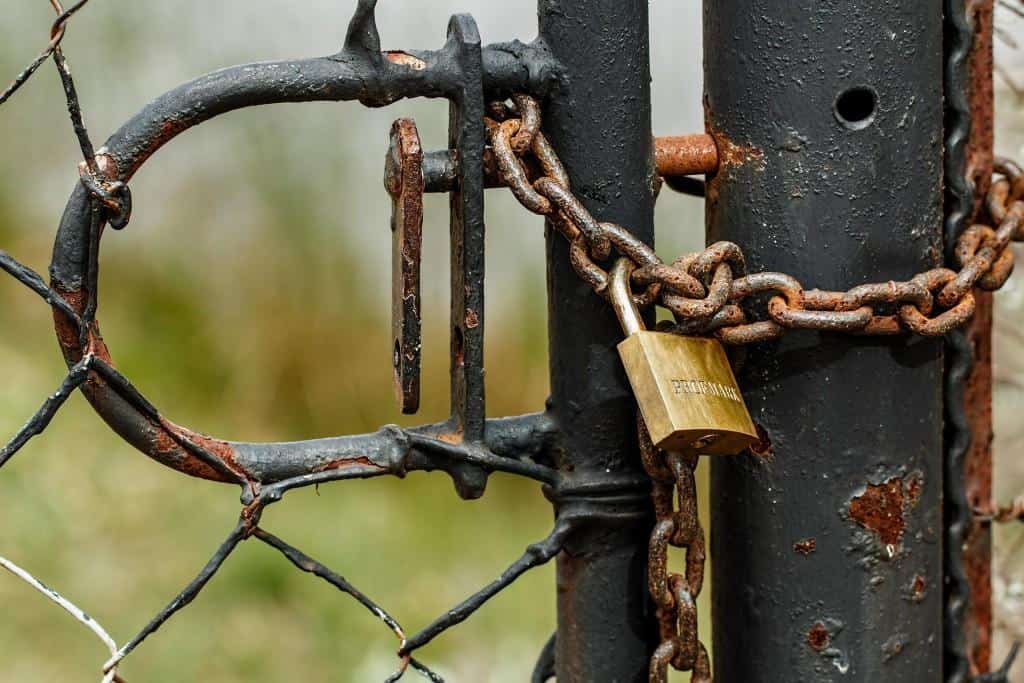There’s little that piques the interest of the casual explorer more than a high wall and a ‘keep out’ sign.
But that curiosity to see the places we’re not supposed to often comes up against very real restrictions. Whether it’s a religious site, a protected nature reserve, or a remote island where intruders are killed on sight, some places are most definitely off limits.
That’s why battleface scoured the globe for the most tantalisingly forbidden destinations: the places we’d love to explore but probably never will.
Snake Island, Brazil
Anywhere named ‘Snake Island’ (if only informally) is probably not chasing after the tourist dollar, but Ilha Queimada Grande, as it is officially known, is off-limits even to the most fearless adventurers. With an estimated one snake to every square metre of land, visitors to this 43-hectar island in the State of Sao Paulo would need to tread very carefully. Of course, the real reason for the island’s prohibited status is the preservation of the snakes themselves, including the critically-endangered golden lancehead pit viper.
How to visit: Join the Brazilian Navy or become a snake conservationist.
Ise Grand Shrine, Japan
Located in the Mie Prefecture of Japan, the Ise Grand Shrine is in fact a complex consisting of many Shinto shrines but centred around two, Naikū and Gekū. Access to the shrines is tightly controlled and limited to Shinto priests and members of the Japanese royal family, although the public are allowed to wander freely in the surrounding forests and can glimpse the thatched roofs of the central shrines behind tall, wooden fences.
How to visit: Join the Shinto priesthood. Or marry very well.

The Vatican Apostolic Archive, Vatican City
As libraries go, the Vatican Apostolic Archive (known by the much-more fun name Vatican Secret Archive until 2019) are about as storied and intriguing as you’ll find. The archive consists of 53 miles of shelving, housing documents including Henry VIII’s request for marriage annulment, a handwritten account of Galileo’s trial for heresy and letters from Michelangelo complaining he still had not been paid for painting the ceiling of the Sistine Chapel.
How to visit: Access is allowed (but tightly controlled) to serious scholars. Apply here in fact.

North Sentinel Island, Andaman and Nicobar Islands
There are numerous reasons why uncontacted peoples should remain so, not least of which is the devastation that new viruses can wreak upon them. But violence towards intruders is another reason. And it’s one that has led to multiple deaths in recent years. The mysterious Sentinelese people who inhabit North Sentinel Island, in the Bay of Bengal, do not take kindly to visitors and have attacked and killed anyone daring to set foot on their island home in recent years.
How to visit: Don’t.
Lascaux Caves, France
This network of caves near the village of Montignac, southwestern France, is one of the world’s most important prehistoric sites due to the more than 600 wall paintings found within its chambers that have been dated to 17,000 years ago. However, the degradation suffered by the paintings in just the short time since they were discovered in 1940 means visitors are strictly forbidden from seeing the artworks in all their glory. Thankfully, reproductions exist and have toured the world.
How to visit: Become a world-renowned archaeologist. Or, you know, just view the reproductions.

Church of Our Lady Mary of Zion, Ethiopia
Churches may tend to throw open their doors to weary pilgrims who have travelled far, but don’t expect the same treatment when you arrive at this modest-looking church in the northern Ethiopian town of Axum. Many claim the chapel here holds the Ark of the Covenant, a wooden chest reportedly containing two stone tablets of the Ten Commandments and one of the most sacred relics in Christianity. Access to the church is limited to one “guardian monk” who holds the role for life before naming a successor to take his place.
How to visit: Be appointed as the sole guardian monk for life by the role’s incumbent (probably not very likely if we’re being honest).









